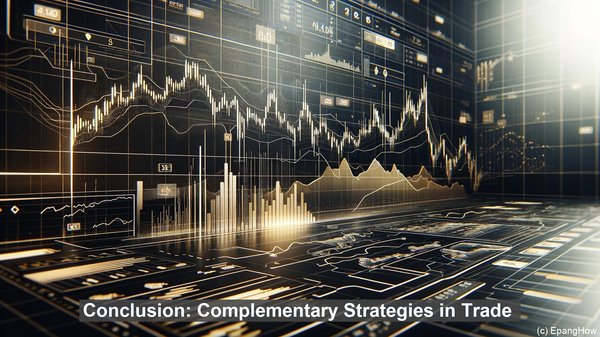Introduction: Navigating the World of International Trade
Hello everyone, and welcome to our article on import substitution and export promotion. As countries engage in global trade, they often adopt various strategies to bolster their economies. Two such strategies, import substitution and export promotion, are frequently employed. While they may seem similar at first, they have distinct objectives and outcomes. Today, we’ll explore these differences and understand how they shape a nation’s trade policies.
Import Substitution: Fostering Domestic Industries
Import substitution is a strategy wherein a country aims to reduce its dependence on imported goods by fostering the growth of domestic industries. The rationale behind this approach is to protect domestic industries from foreign competition, thereby promoting self-sufficiency. To achieve this, governments often impose tariffs or quotas on imports, making them costlier or limiting their quantity. By doing so, they hope to create a favorable environment for domestic producers, who can then cater to the local demand.
Export Promotion: Expanding Global Market Share
On the other hand, export promotion focuses on enhancing a country’s presence in the global market. Here, the goal is to increase the volume and value of exports, thereby earning foreign exchange and stimulating economic growth. Governments adopting this strategy may offer incentives to exporters, such as tax benefits or subsidies. Additionally, they may engage in trade agreements or diplomatic efforts to open up new markets for their products. By doing so, they aim to tap into the demand beyond their borders, creating opportunities for their domestic industries.

Distinguishing Factors: Objectives and Implications
While both import substitution and export promotion are strategies to boost a nation’s economy, they differ in their primary objectives and implications. Import substitution, as we discussed, is about reducing reliance on imports and fostering domestic industries. This can lead to the development of a diverse industrial base, job creation, and technological advancements. However, it may also result in higher prices for consumers, limited product choices, and potential inefficiencies in domestic industries. Export promotion, on the other hand, is geared towards expanding a country’s global market share. By focusing on exports, a nation can benefit from economies of scale, increased revenue, and enhanced competitiveness. However, it also means that the country becomes more dependent on global market conditions and may face risks associated with fluctuations in demand or trade barriers imposed by other nations.

